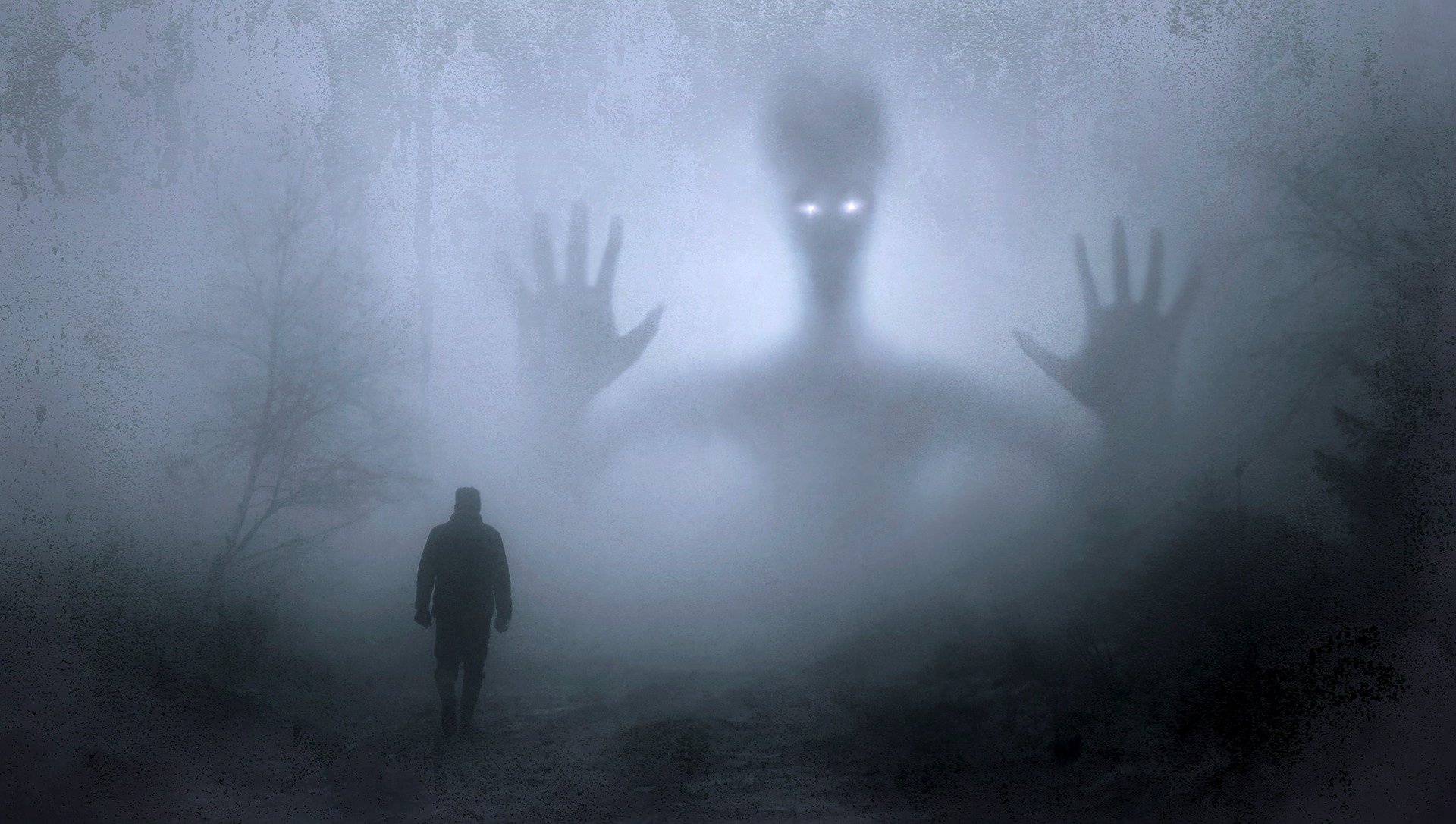Last month in his “Legends & Lore” column, Mike Mearls discussed a skill system he and Monte Cook had schemed up in which DCs would be replaced with a descriptive tier of difficulties: Novice/Journeyman/Expert/Master/Grandmaster/Impossible. I wasn’t a fan of this system because it mostly obfuscated simpler mechanics and added complexity without actually giving much (if anything) back.
When Monte Cook revisited the topic this week, however, it made me realize they might be onto something — although I don’t think they’ve quite realized it yet. (Cook’s proposal is still over-baking mechanical complexity without actually accomplishing anything more than the current system.)
But if they can completely jettison the concept of skill ranks, I think they might have a winner.
(1) Set the target number for all tasks to 15. (Or whatever number makes sense; I haven’t actually run any math on this.)
(2) Define each task as Skilled/Expert/Master and give it a level. (For example, a Level 10 Expert task.)
(3) If you meet the minimum requirements for the task, you automatically succeed. (If you’re a Level 10 Expert, you succeed at any Skilled or Expert task of Level 10 or lower automatically without making a check.)
(4) If you’re missing one of the requirements, you have to make an ability check. This check is modified by the difference in level between you and the task. You also gain a +5 or -5 modifier for each difference in skill level.
For example, if you’re a 10th-level Skilled Typographer and you’re attempting a Level 8 Expert typography task, you would make a Intelligence check with a -3 modifier (+2 for being two levels higher than the task; -5 for being Skilled instead of an Expert in the skill).
Similarly, if you’re a 6th-level character who doesn’t have the Decipher Script skill and you’re attempting to decrypt a Level 10 Master code, you would make an Intelligence check with a -19 penalty (-4 for being four levels lower than the task; -15 for being three skill levels lower than Master).
What’s the point? The point is that you’ve eliminated a Page 42 table look-up for skill DCs. And you’ve automated the equivalent of the Take 10 mechanic so that it doesn’t require any calculation at all.
You’ve also effectively eliminated skill checks entirely and focused things back onto ability checks as a core mechanic. This is mostly a sleight of hand, but it can provide one meaningful advantage: You can casually re-key a skill to a different ability score without needing to recalculate a skill bonus (since the check is just an ability check). (One thing I’ve always loved about dice pool systems is the ease with which you could do this, but it’s always been too much of a pain in the ass for D20. It’s not really meaningful for most skills, of course, but it can really crank up the versatility of a system.)
One potential problem with this system is that there’s no clear way to do opposed checks in a completely satisfactory fashion. But you can resolve this by setting which skill sets the task and which skill resolves the task. (For example, if Stealth sets the task then a character’s skill level sets the difficulty of the Perception task. A 10th-level character with an Expert ranking in Stealth, for example, requires a Level 10 Expert Perception task.) Or, alternatively, by always using player-faced mechanics. (If a PC is sneaking past an NPC, the NPC’s Perception skill sets the difficulty of the Stealth task. If the PC is trying to spot an NPC, the NPC’s Stealth skill sets the difficulty of the Perception task.)
Another potential problem is that you have done a pretty good job of obfuscating probabilities. If I’m a 10th-level expert, what’s the difference between a Level 12 Skilled task and a Level 7 Master task? You can work out the math, but it’s not as self-evident as pure numbers would be. On the other hand, in terms of actual play, is that significant?













